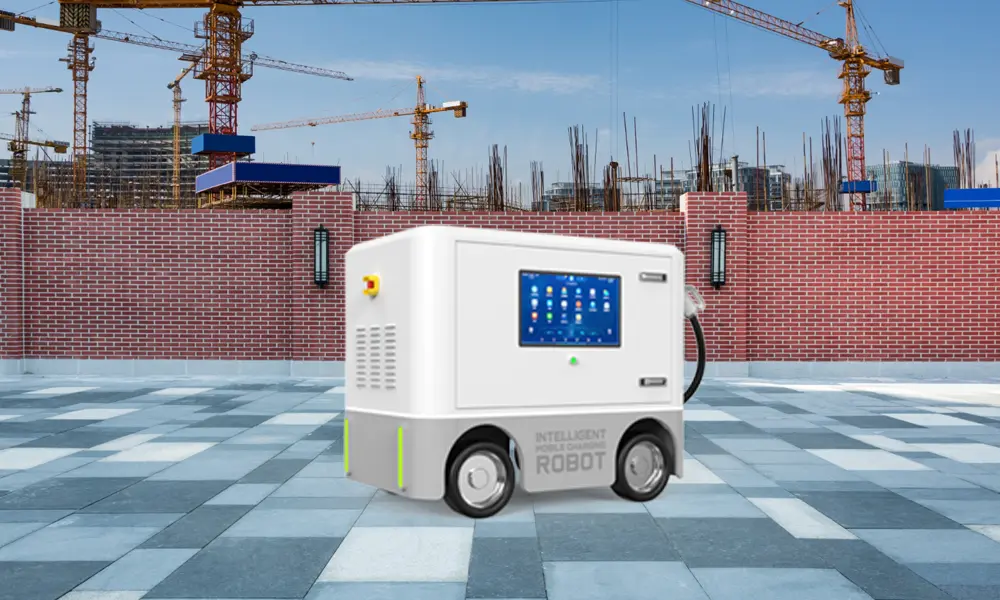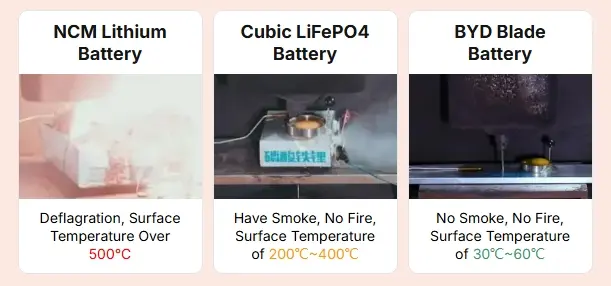Let’s cut through the fluff. If you’re here, you’re either scaling your EV charging biz or future-proofing your energy portfolio. The 30kW mobile EV charging truck isn’t just a “nice-to-have” – it’s a cash cow for smart operators. But here’s the kicker: most procurement guides miss the gritty details that make or break ROI. Buckle up.
Why 30kW Mobile EV Charging Trucks Are the Dark Horse of Electrification
The EV revolution isn’t coming – it’s bulldozing outdated infrastructure. While everyone’s obsessing over flashy superchargers, the 30kW mobile unit is quietly solving 3 nightmares:
- Grid bottlenecks in rural/event spaces.
- Emergency charging for fleets stranded mid-route.
- Pop-up revenue hubs (festivals, construction sites, etc.).

Real-World Slam Dunk: A Texas-based logistics company used Tursan’s 30kW Mobile EV Charging Truck to service remote warehouses. Result? 22% faster deployment vs fixed stations + $18K/month in ancillary revenue from local businesses.
The Hidden Math: 30kW vs Bigger Units (Spoiler: Size Isn’t Everything)
| Metric | 30kW Truck | 60kW+ Trucks |
|---|---|---|
| Payback Period | 8-14 months | 18-24 months |
| Fleet Compatibility | 85% of light EVs | Overkill for most LCVs |
| Operational Flexibility | Charge 4-6 vehicles/day | Limited by grid dependency |
| Maintenance Costs | ~$1.2K/year | ~$3.5K/year |
Source: Tursan’s 2023 client data across 12 countries
Pro Tip: Pair with Tursan’s 5kW All-in-One Home Backup Battery for off-grid ops. Dual revenue streams: EV charging + emergency power rentals.
Procurement Landmines (and How to Dodge Them)
“Dumb” Hardware vs Smart Energy Ecosystems
Most trucks are just glorified batteries on wheels. The winners? Units with:
- Auto-load balancing (prioritize charging during low-tariff hours)
- Solar-ready ports (slap on panels, cut energy costs by 40%)
- App-controlled diagnostics (predict failures before they happen)
Tursan’s trucks bake this into their IoT-enabled systems – no extra $$$ for “premium” features.
The Battery Chemistry Wars: LiFePO4 or Bust
NMC batteries? Ticking thermal bombs. LiFePO4 is the only play for:
- 6,000+ cycles (vs 1,500 for standard lithium)
- Zero thermal runaway (aka “we don’t burn down parking garages”)
- -20°C to 60°C operation (perfect for Alberta winters/Dubai summers)

Tursan’s secret sauce? Their 24V300ah LiFePO4 tech – same cells used in their home backup systems, battle-tested in 30+ countries.
The Distributor’s Playbook: 3 Rules to Crush Local Markets
Rule 1: Bundle Like a Psychopath
- EV truck + 10kW Hybrid Inverter = Sell “blackout-proof” packages to hospitals/hotels.
- Lease trucks to municipalities during disasters (FEMA reimburses 75-100% of costs).
Rule 2: Exploit Policy Loopholes
In the EU/US, mobile EV units qualify for green grants that fixed stations don’t. One Tursan partner in Germany banked €62K in subsidies alone last quarter.
Rule 3: The “Trojan Horse” Strategy
Use 30kW trucks as loss leaders to upsell:
- Fleet management software
- Battery health subscriptions
- Carbon credit brokerage
Why Tursan Isn’t Just Another Factory
15 assembly lines. 5-stage QC. BYD-grade cells. Blah blah. Here’s what matters:
- White-label freedom: Customize everything from logos to charge curves.
- Exclusive territory locks: Sign a deal, and they’ll block competitors in your region.
- 72-hour emergency shipping: Because breakdowns don’t wait for cargo ships.
Become a Tursan distributor – their current partners average 212% YoY growth in EV verticals.
Final Word: This Isn’t EV Equipment. It’s a Printing Press.
The 30kW mobile truck is the ultimate “sell the drill, mine the gold” play. But only if you procure units that are:
- Smarter than the grid
- Tougher than desert climates
- Scalable without CapEx suicide
Tursan’s specs? Check.
Your hustle? Required.
Next move: Audit your target region’s “charging deserts.” Then hit up Tursan’s team – they’ve mapped these globally and might just hand you the coordinates.




